
In 1981, one of the most miraculous discoveries in film history was made. A virtually-perfect print of Carl Dreyer's 1928 masterpiece 'The Passion of Joan of Arc' was found intact in a janitor's cupboard in an Oslo mental asylum. The original version of the film was understood to have been lost for decades, as Dreyer's master-negative of 1928 was destroyed in a fire. For the remainder of his life, the Danish-born director attempted to piece together an alternative version from out-takes and what few surviving prints he was able to find, but he died convinced that his original cut had been consigned to the flames of oblivion. The great film-writer Pauline Kael wrote that Falconetti's portrayal of the 19-year old Joan 'may be the the finest performance ever recorded on film'. Banned from being screened in Britain as it depicts the brutal treatment of Joan at the hands of the British soldiers, it was also criticised in it's native France, when the-then bishop of Paris demanded that cuts be made to lessen the impact of Dreyer's depiction of her ordeal at the hands of her accusers.
Dreyer's intent was that the film be experienced in complete silence, with no musical accompaniment to divert the viewer's attention from the astonishing power of his narrative. In 1994, however, composer Richard Einhorn devised an oratorio based directly on the film, entitled 'Voices of Light', and it now forms the soundtrack of the film's restored DVD release. In 1999, U.S. singer-songwriter Cat Power provided live accompaniment to a season of screenings of the film in New York to great acclaim.
With 'The Passion of Joan of Arc', Dreyer convinced the world that film- a medium still in relative infancy- could indeed be art. His startling use of the close-up and the tightly-cropped frame renders each shot an electrifying experience to watch, in particular, his unwavering concentration on the face of Renee Falconetti, from whom he wrenched one of the greatest performances in film history. Herman Warm's cool, expressionistic sets are in stark counter-balance to the clamor and claustrophobia of the courtroom scenes, but also succeed in drawing the viewer's attention to the frailty and isolation of Joan in prison. Implements of torture somehow a prefigure a modern-day art-installation as they hang, black and ominous against the stark, white walls of the dungeon, the relentless momentum of a spiked drum that the camera returns to again and again lending a hitherto-unseen degree of tension and pathos to a narrative already brimming with fear and unease. The shocking, final sequences at the stake do not shy away from the horror of what is being asked of the viewer to witness. Lingering, close-up shots of a human body in flames are contrasted with the equally alarming depiction of the crowd's shameful indifference as they are being entertained by the freaks and circus-grotesques who have arrived to make a side-show spectacle of the tragedy unfolding before them. With a battle raging all around them, the results of their actions begin to dawn upon Joan's executioners and, as mute witnesses, on us also as the final credits roll.





















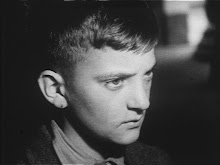









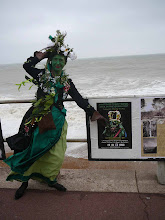






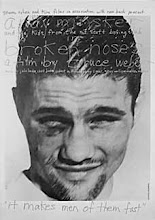
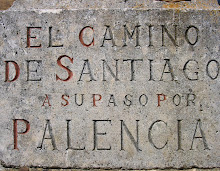

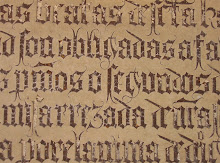

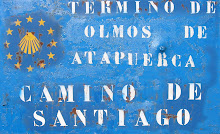



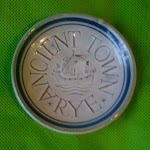
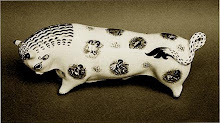
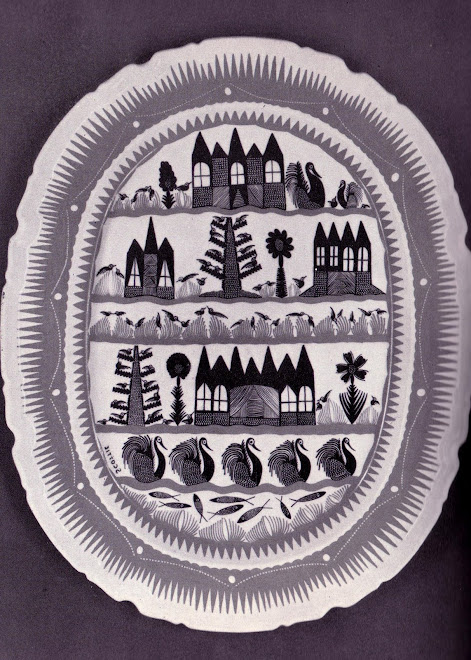
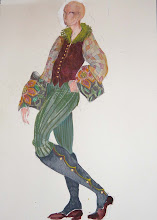

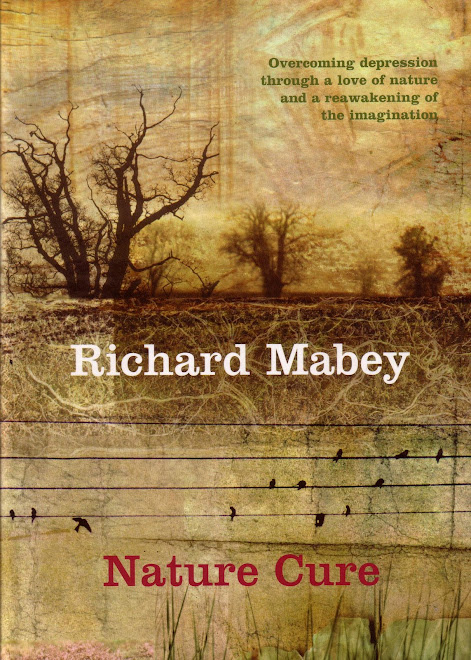



No comments:
Post a Comment